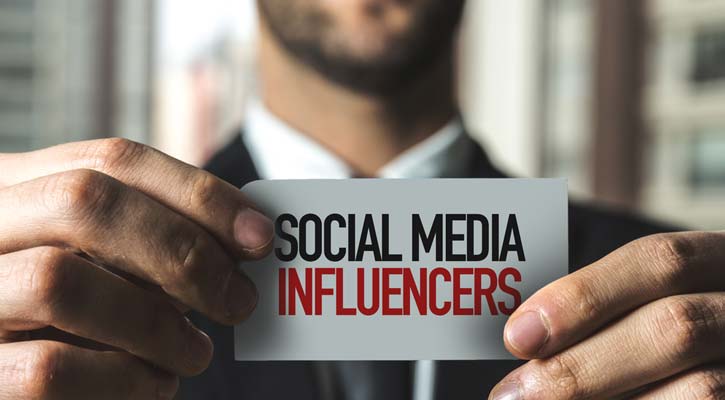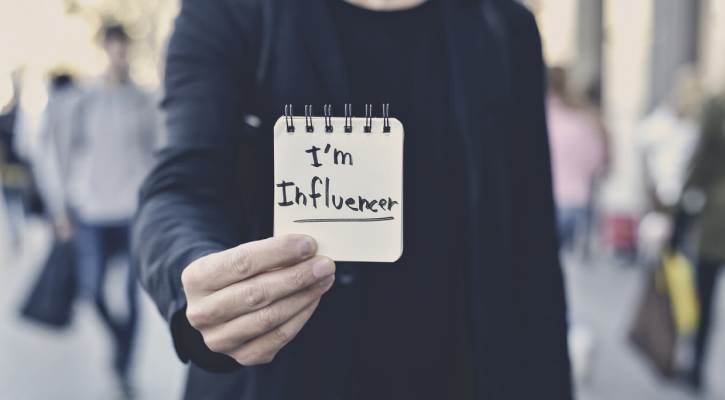At the beginning of this month, the Australian Association of National Advertisers (AANA) has amended the Advertiser Code of Ethics which requires that social media influencers disclose if their content is sponsored or not. This means that if you are living in Australia, from now on you will always know if the content you are reading or watching is sponsored, that is if the content you are consuming is related to Australia.
According to James Purtill for abc.net.au, breaching the AANA code will not result in large penalties as the association is self-regulating and the New Influencer Transparency Rules only apply to the brands. However, he also points out to the fact that the Australian Competition and Consumer Commission (ACCC) could be where the real danger lies when breaching the Australian Consumer Law (ACL).
Social Media Influencers and the Problem of Transparency
Many companies today are turning to social influencers to help advertise their brand and products. However, previously, there were no rules regulating the nature of such business agreements and many influencers weren’t required to disclose to their audience that a product or service they’re talking about is an advertisement and that they’re paid for this type of advertising.
Although most social media users of today are familiar with these kinds of practices, others may be fooled into thinking that the content their seeing is honest and that there’s no monetary gain for the content creator.
To protect consumers, the new rules set forth by the AANA will make future advertising more transparent and misleading information will be minimized.

To Whom These New Influencer Transparency Rules Actually Apply?
However, marketing and advertising is a complex business strategy in today’s media driven world and business and influencers need to know how exactly will advertising look under this new set of regulations.
Luckily, the AANA has published best practice guidelines for marketers and agencies to follow. First of all, the New Influencer Transparency Rules apply only if the marketer has a degree of control over the material and if the material in question draws the attention of the public in a manner that obviously promotes a certain product or service.
When speaking of control, what the AANA is referring to here is if a certain company clearly states to an influencer what they should say or do with a product. However, in many cases, marketers don’t have much control over what influencers do with free samples and thus have little to no control over the advertising done.

Being Genuine Is the Key to Safe Advertising
As a general rule of thumb, the AANA states in their guidelines that influencers do not disguise marketing or advertising material by presenting it as an independent review or a private blog post. Furthermore, the guidelines recommend clearly identifying a sponsored material by including the words “sponsored”, “paid”, or “ad” at the end of a blog post or under video descriptions.
As far as sponsored content on social media sites like Twitter and Instagram go, the use of hashtags (#) in front of the aforementioned words is advised. Another recommendation is to establish an agreement with the influencer as to how they will disclose the nature of their content to their audience.
The Cost of Breaking the Law
Although there’s obviously a great deal of excitement and uncertainty as to how these new codes, truth is that this amendment reflects an already existing legal system in Australia.
The New Influencer Transparency Rules given in the AANA already apply to influence and the different ways in which companies are allowed to use social media influencers in order to market their product explains Stephen Von Muenster who is the principal of von Muenster Solicitors & Attorneys.
The Australian Consumer Law (ACL) is a good example of this and breaching the ACL can lead to big penalties for both individuals and companies with penalties for infringing posts going up to as much as $220.000 for individuals and $1.1 million for companies.
Other Options to Help You Stay Safe
However, to keep it safe, companies and brands would be safest opting for influencers that are relevant to their brand and message. Finding a professional influencer with a large audience that you are trying to reach is now made easier thanks to marketing agencies and even online platforms like ProvenSEO that provide different marketing services to companies in need of quality advertising and marketing content.
Conclusion
Brands and agencies now frequently use social media influencers to help advertise their products or services. However, companies need to be careful with how they promote their products as a lack of transparency between an influencer and their audience can result in audience backlash that can have a negative effect on a company.
To protect all parties involved, the Australian Association of National Advertisers (AANA) has provided a set of guidelines that will help agencies and brands avoid breaching the Australian Consumer Law (ACL).




